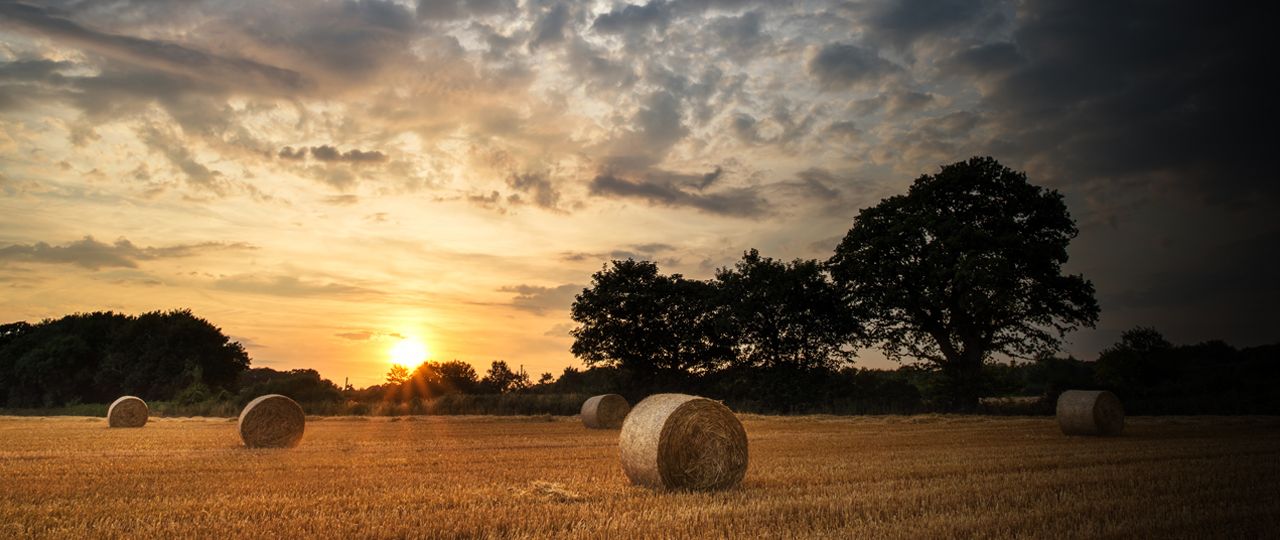
Identifying potential sources of income or new ways to make savings has never been more important.
Although cereal prices have risen in recent months - feed wheat is now averaging £116/t, compared to less than £100/t a year ago - profitability remains under pressure.
For many estates, the farm has traditionally been the engine room of the business and the dwindling profits, in some case losses, on in-hand farming operations are now having an impact on the ability to take drawings from the business or to reinvest.
As a consequence, farmers and landowners nationwide are increasingly looking for ideas on how to reduce the strain on cashflow.
Here are 5 top tips for landowners and farmers to consider:
Insurance
The estate or farm insurance policy often represents one of the largest single expenditures in any budget. We recommend to clients that they regularly undertake reviews of their policy and go out to tender every three years. This provides clients with an excellent opportunity to review the policy and cover, as well as seek the most competitive price in the market.
Of course, it is essential to ensure that sufficient cover is in place for the scope of the business and to maintain a good relationship with your insurers. You want the reassurance that when issues do arise, they will be dealt with swiftly and brought to a satisfactory conclusion. With the introduction of The Insurance Act 2015, as from the 12th August 2016 there is a greater responsibility on landowners to provide as much information about the risks insured as possible.
Re-financing
When loans reach maturity it is all too easy to accept the option being placed in front of you by your existing lender. Farmers and landowners must take a commercial approach to this and see what the options are. Having put several loans to the market recently, the rates have varied by as much as 2%, when borrowing on the same terms from different providers. Re-financing at an improved rate has an immediate impact on cashflow.
Diversification
This could be the subject of an article in itself and one that has been written about many times over. However, if landowners and farmers can identify an opportunity - be it hosting an event, farm shops, retail, food enterprises, tourism or the myriad of other possibilities - then a secondary, perhaps more regular income, can be a huge asset to the business.
There are still many sources of grant funding available in order to help establish a new enterprise and these should certainly be explored.
The farm
It is an extremely emotive subject, but depending on the size of the farming business and the profitability, landowners should review the manner in which they are farming. Is farming in-hand still the best option for their business? Considering the potential benefits of a Contract Farming Agreement or Farm Business Tenancy may be hard for many, but is worth looking at.
Let property
Protecting existing revenues can be as important as identifying new income streams. Let residential or commercial property provides a valuable second income, but landowners and farmers need to be aware of the impact of a raft of recent legislation introduced by the government. Some money may have to be spent to protect this valuable source of income in the future, as Minimum Energy Efficiency Standards (MEES) legislation begins to bite and regulation swings the balance of power in the tenant’s favour
